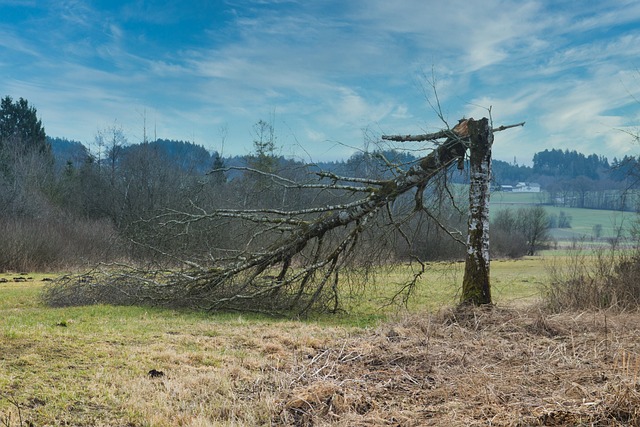As a landlord, ensuring tenant safety and property habitability is paramount, especially regarding mold issues. Prompt action involves investigating and addressing moisture sources like leaks or poor ventilation, implementing quick fixes, and conducting regular inspections in high-risk areas. Legal obligations dictate thorough remediation strategies, adherence to safety protocols, and open communication with tenants about health risks and mitigation efforts. Proactive measures include deep cleaning, educating tenants on prevention, and scheduling routine maintenance to minimize mold growth and maintain a healthy living environment.
As a landlord, dealing with mold complaints is a critical aspect of property management. Understanding your responsibilities for mold control is essential to maintaining a safe and healthy living environment for tenants. This article guides you through the process, from identifying early signs of mold to effective communication strategies. Learn about legal obligations, safety precautions during remediation, and preventative measures to minimize mold growth in rental properties. Discover how to address these complaints promptly and professionally, adhering to landlord responsibilities for mold.
- Understanding Landlord Responsibilities for Mold
- Identifying and Addressing Mold Complaints Early
- Legal Obligations and Safety Precautions During Mold Remediation
- Effective Communication Strategies with Tenants Regarding Mold Issues
- Preventative Measures to Minimize Mold Growth in Rental Properties
Understanding Landlord Responsibilities for Mold
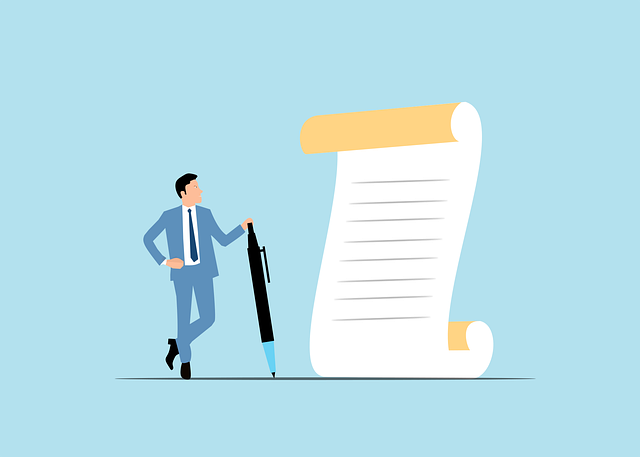
As a landlord, your primary responsibility is to maintain a safe and habitable living environment for your tenants. When it comes to mold, understanding your duties is crucial. Landlords are generally required to ensure that their properties are free from hazardous conditions, including mold growth. This involves regular inspections and prompt action when potential issues arise.
If a tenant reports mold or visible signs of moisture damage, landlords must take immediate steps. This may include conducting thorough investigations, identifying the source of the problem (such as leaks or poor ventilation), and implementing solutions like repairing leaks or improving air circulation. Prompt attention to these matters is essential to prevent further damage and ensure the health and safety of your tenants.
Identifying and Addressing Mold Complaints Early

Identifying and addressing mold complaints early is a crucial aspect of a landlord’s responsibilities. Regular inspections are key to spotting potential mold issues before they become severe problems. Landlords should schedule routine checks, especially in areas prone to moisture buildup like bathrooms, kitchens, and basements. During these inspections, look for visible signs of mold, water stains, or musty odors—early indicators that could suggest a hidden mold problem.
Prompt action is vital once a mold complaint is received from a tenant. Landlords must communicate effectively with tenants to understand the scope of the issue. This involves listening to their concerns, documenting the reported areas affected, and jointly assessing the situation. Addressing mold complaints swiftly demonstrates a landlord’s commitment to maintaining a safe living environment and can help prevent further damage and health risks for tenants.
Legal Obligations and Safety Precautions During Mold Remediation
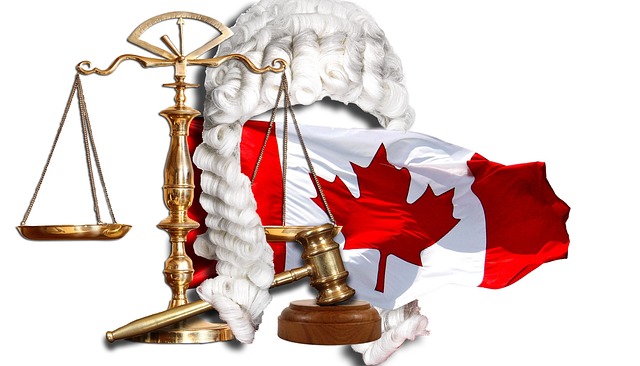
As a landlord, it’s crucial to understand your legal obligations regarding mold remediation. In many jurisdictions, landlords are responsible for maintaining safe and habitable living conditions for their tenants. When a mold issue arises, prompt action is essential. This includes conducting a thorough inspection, identifying the source of moisture, and implementing effective remediation strategies to prevent further damage and health risks.
Safety precautions should never be overlooked during mold cleanup. Mold can produce harmful spores, so proper protective gear, including gloves, masks, and eye protection, is mandatory for all involved personnel. Evacuate affected areas, ensure adequate ventilation, and follow recommended cleaning protocols to mitigate the risk of exposure to both tenants and remediation workers. Regular testing throughout the process guarantees that mold levels return to safe concentrations, ensuring a healthy environment for all.
Effective Communication Strategies with Tenants Regarding Mold Issues
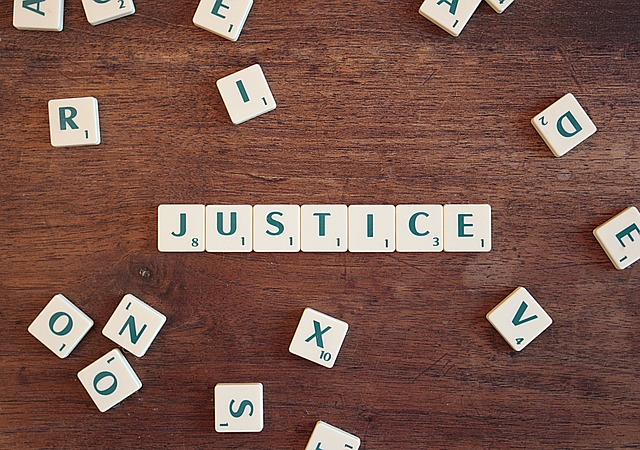
Effective communication is key when addressing mold issues as a landlord. The first step is to acknowledge the problem openly and transparently. Inform your tenants about the mold presence, its potential health risks, and the immediate actions taken to mitigate it. This shows your commitment to their well-being and ensures clear expectations. Encourage tenants to share any concerns or observations they have, creating a collaborative environment. Regular updates on the cleanup process and restoration efforts can help alleviate tenant anxiety and build trust.
When discussing mold issues, landlords should focus on providing solutions rather than assigning blame. Offer detailed explanations about how the mold grew, emphasizing the need for proper ventilation, reduced humidity, and prompt reporting of water leaks or moisture problems. Engage tenants in finding long-term solutions by suggesting preventive measures they can take to avoid future mold growth, such as maintaining a dry environment and promptly fixing any plumbing issues. Effective communication fosters a partnership, ensuring that all parties are aligned in resolving the mold complaint efficiently.
Preventative Measures to Minimize Mold Growth in Rental Properties
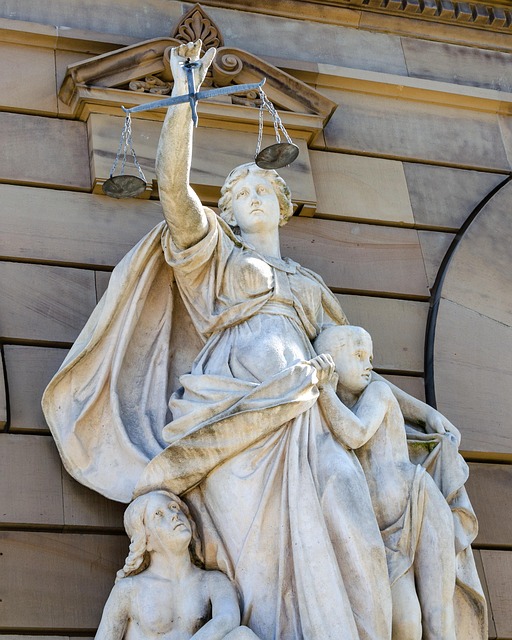
As a landlord, your primary responsibility is to ensure the safety and habitability of your rental properties. Preventative measures are key in minimizing mold growth, which can significantly impact both the health of your tenants and the structural integrity of your buildings. Regular inspection and maintenance play a crucial role; check for water leaks, condensation points, and areas with poor ventilation, addressing them promptly to prevent moisture buildup.
Implementing proper cleaning protocols and using mold-inhibiting products in high-risk areas can also be effective. Educating tenants about responsible water use, promptly fixing plumbing issues, and encouraging good ventilation practices can further reduce the likelihood of mold growth. Regular deep cleaning, especially in bathrooms and kitchens, helps maintain a healthy environment by eliminating organic matter that molds feed on.
